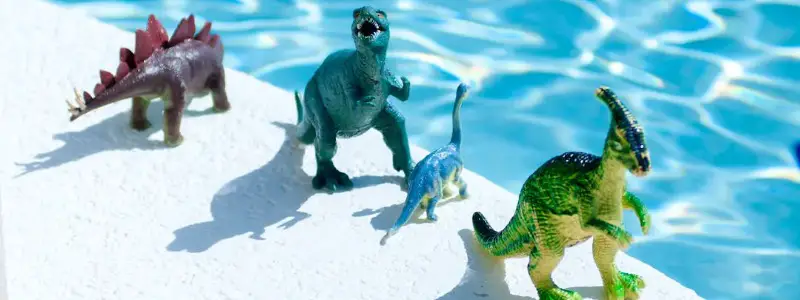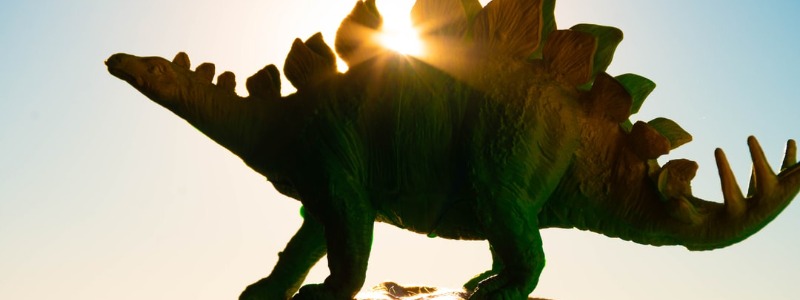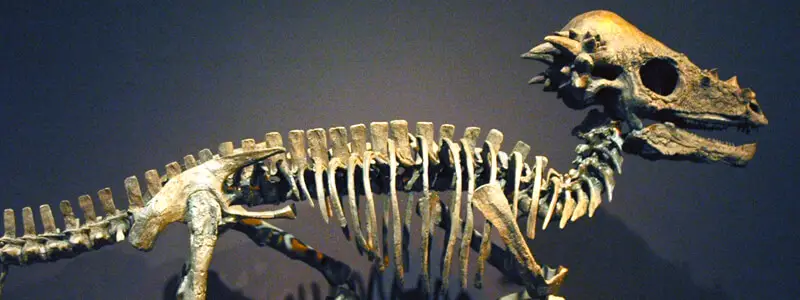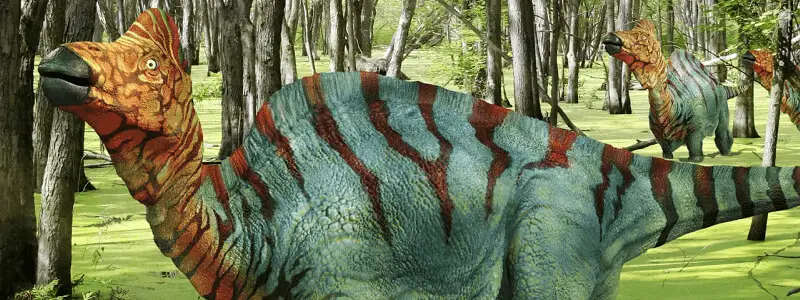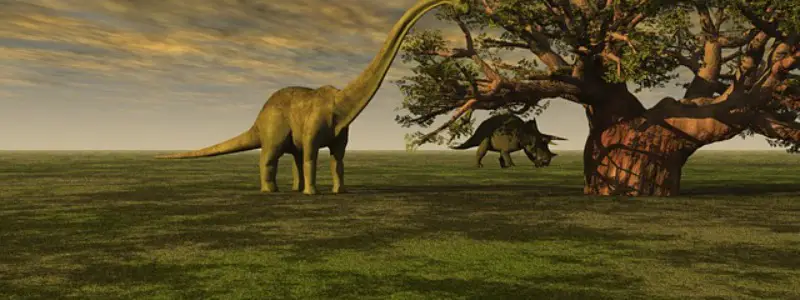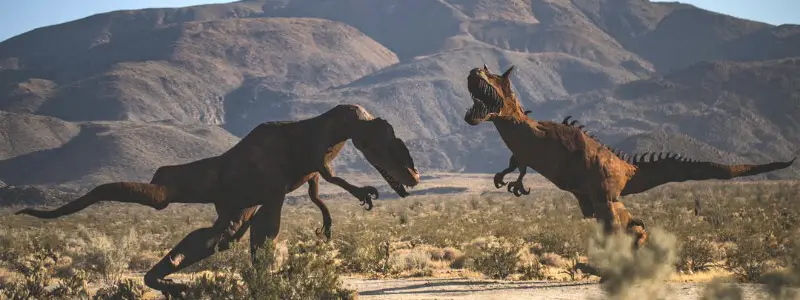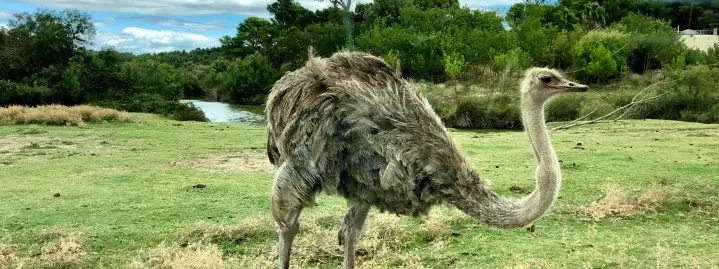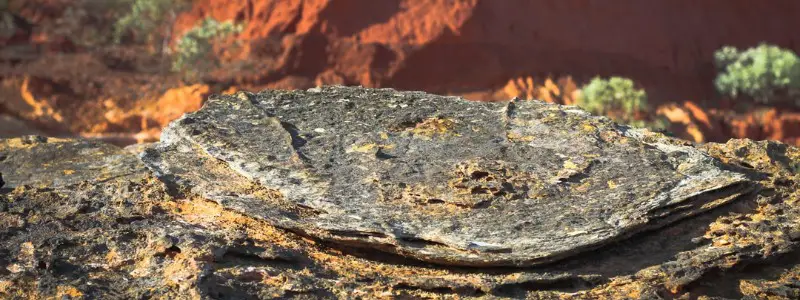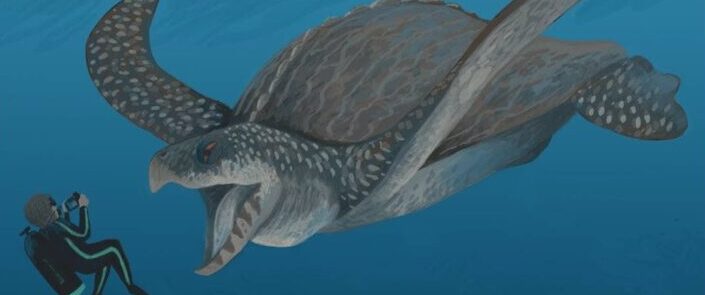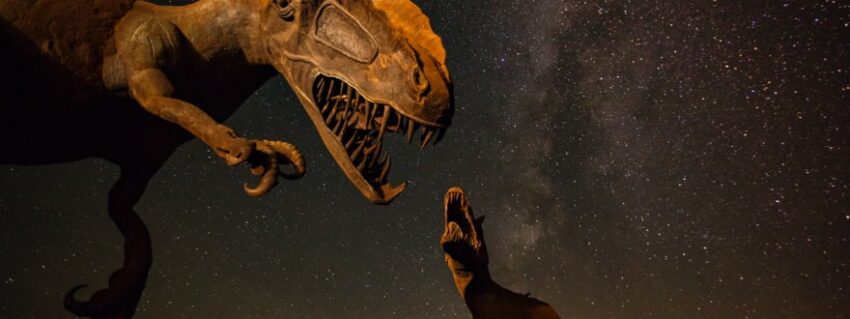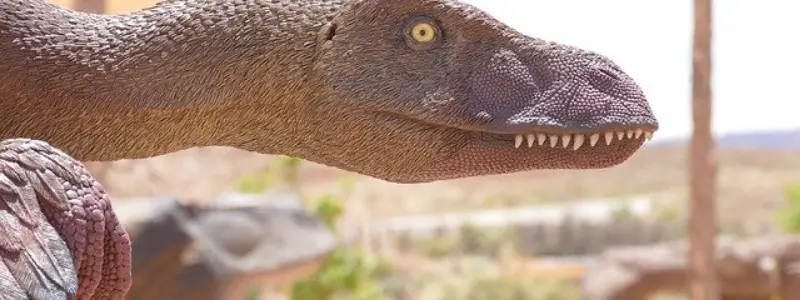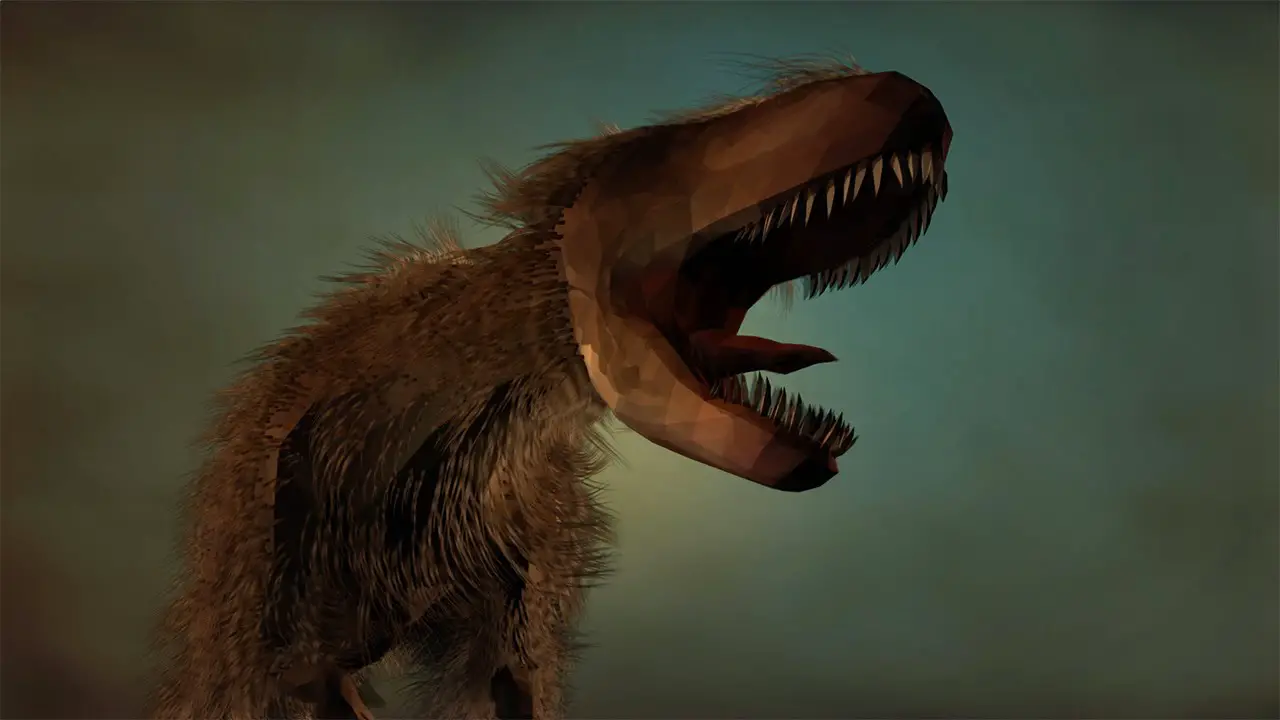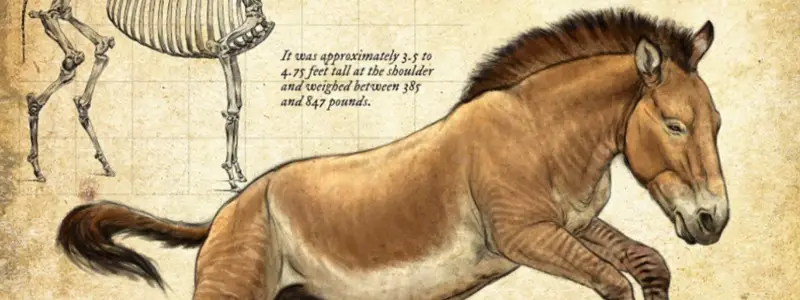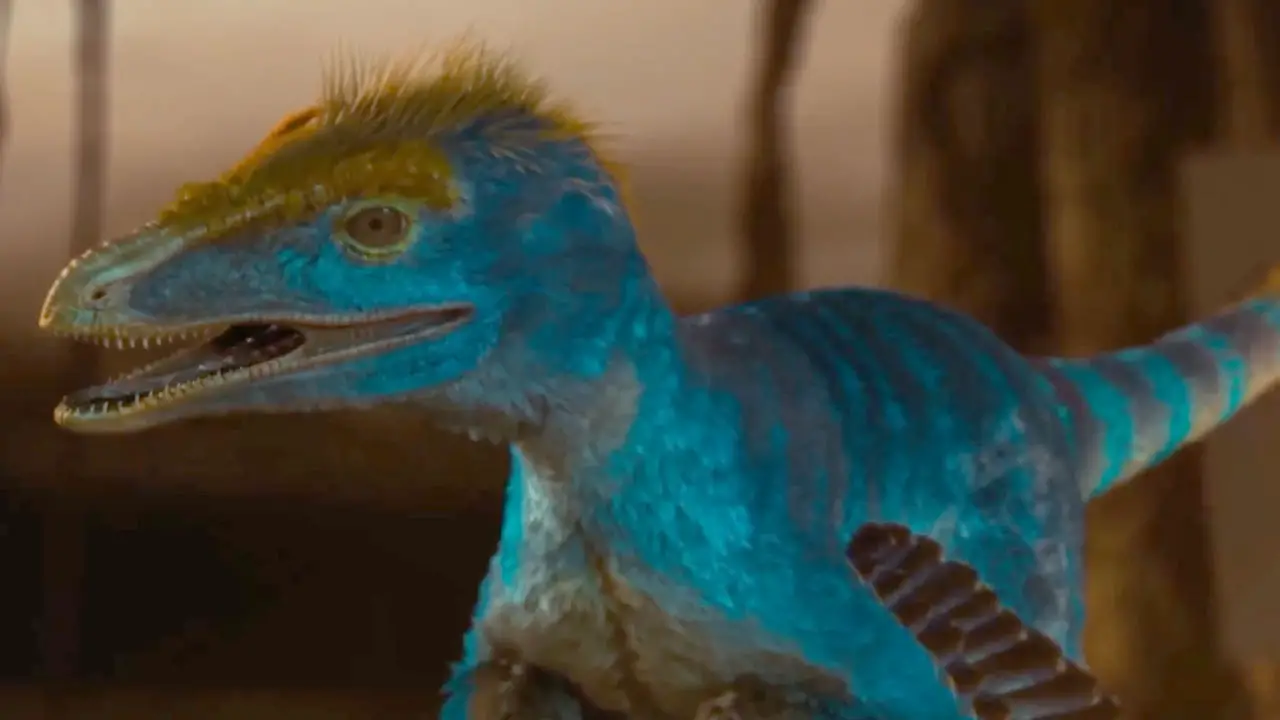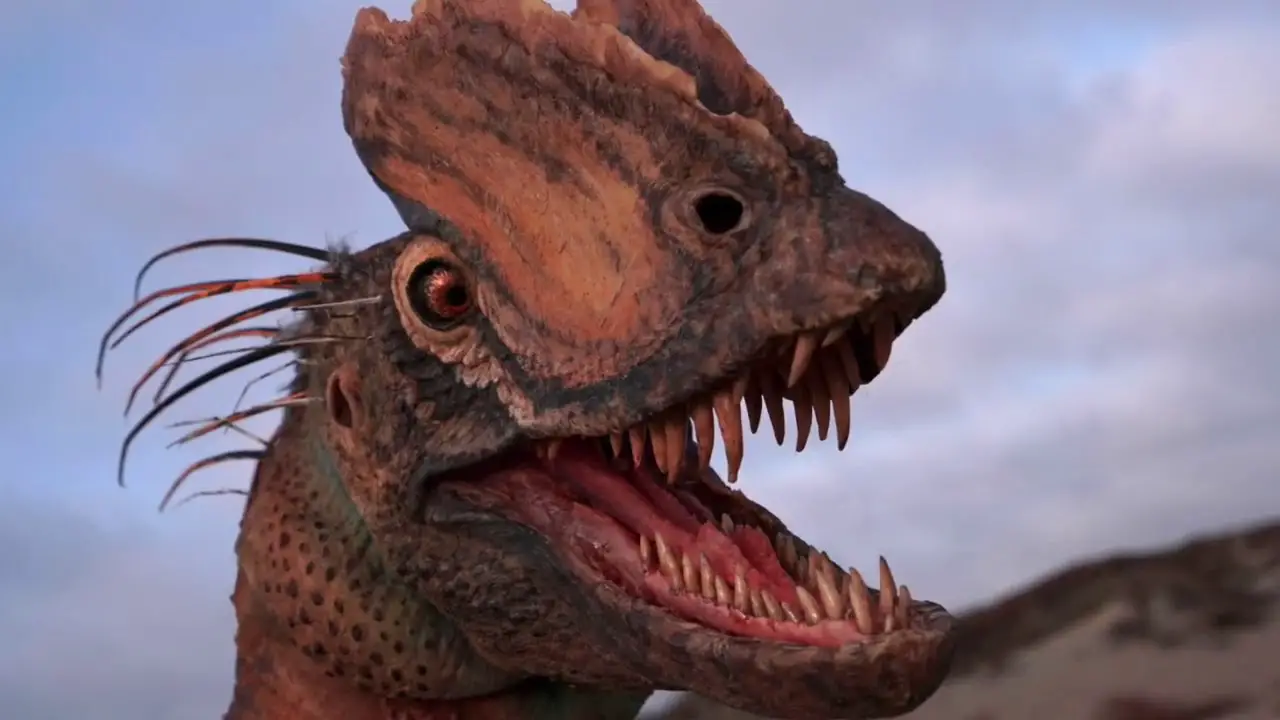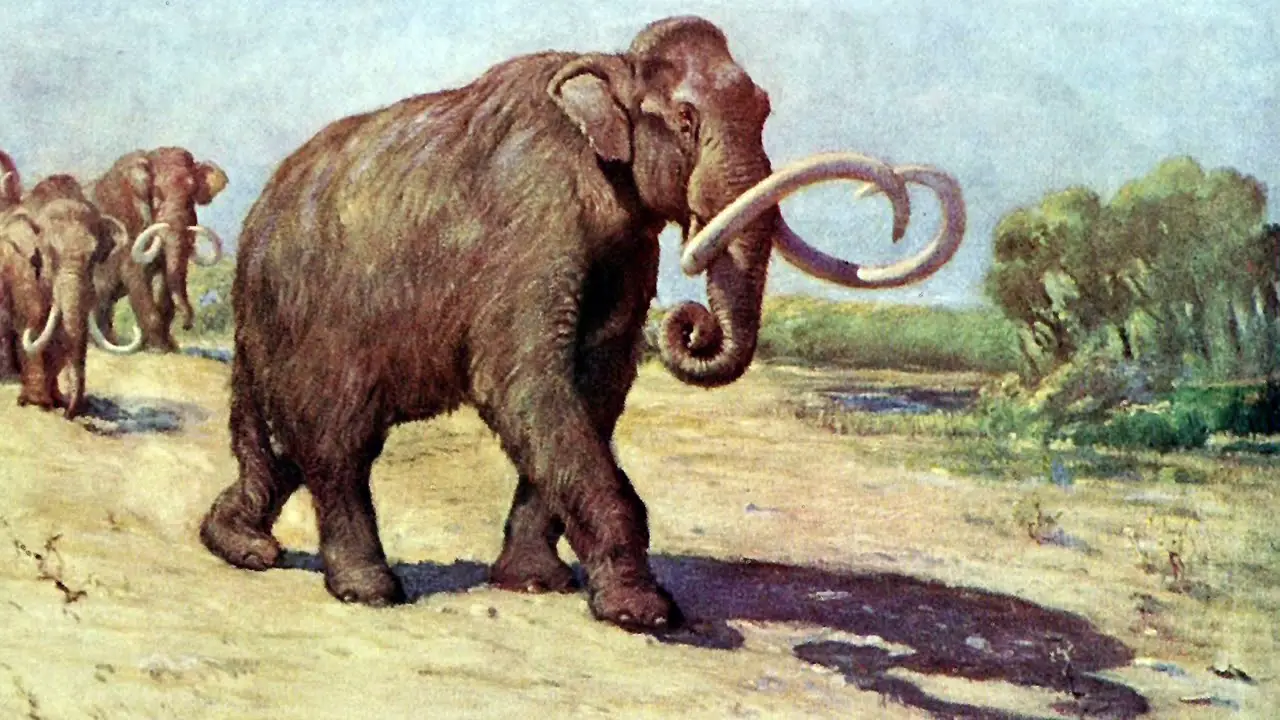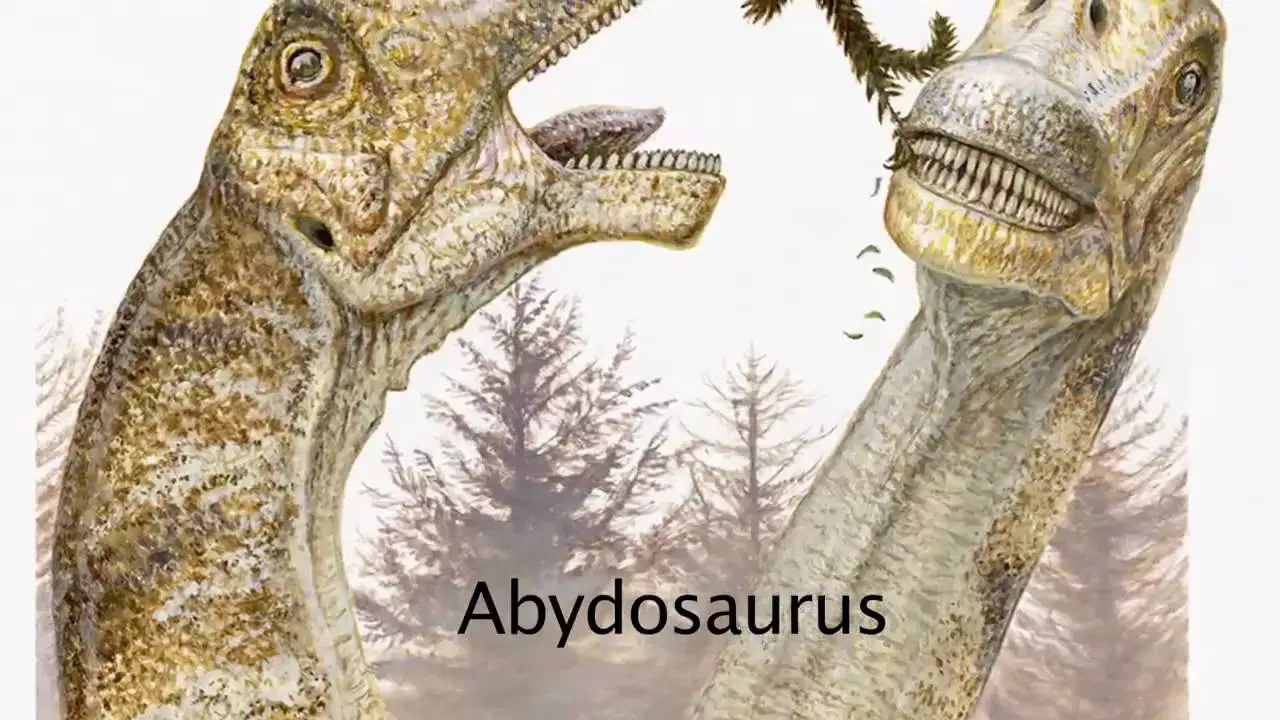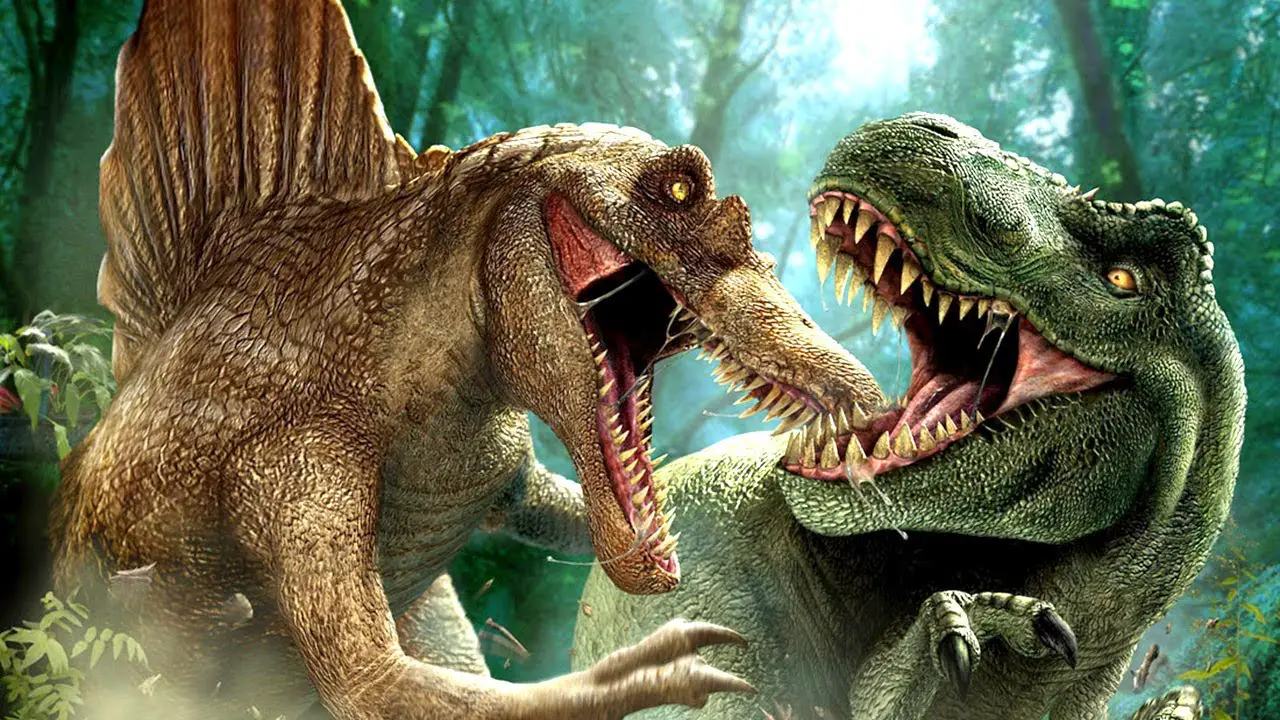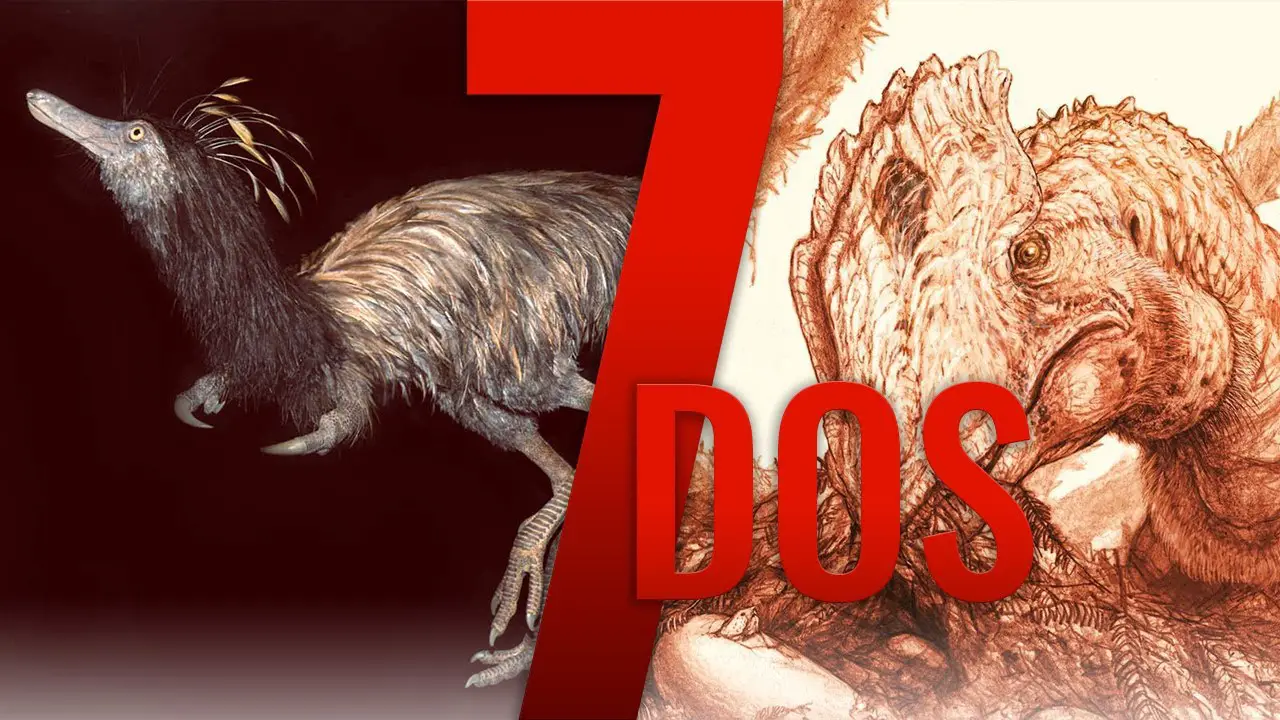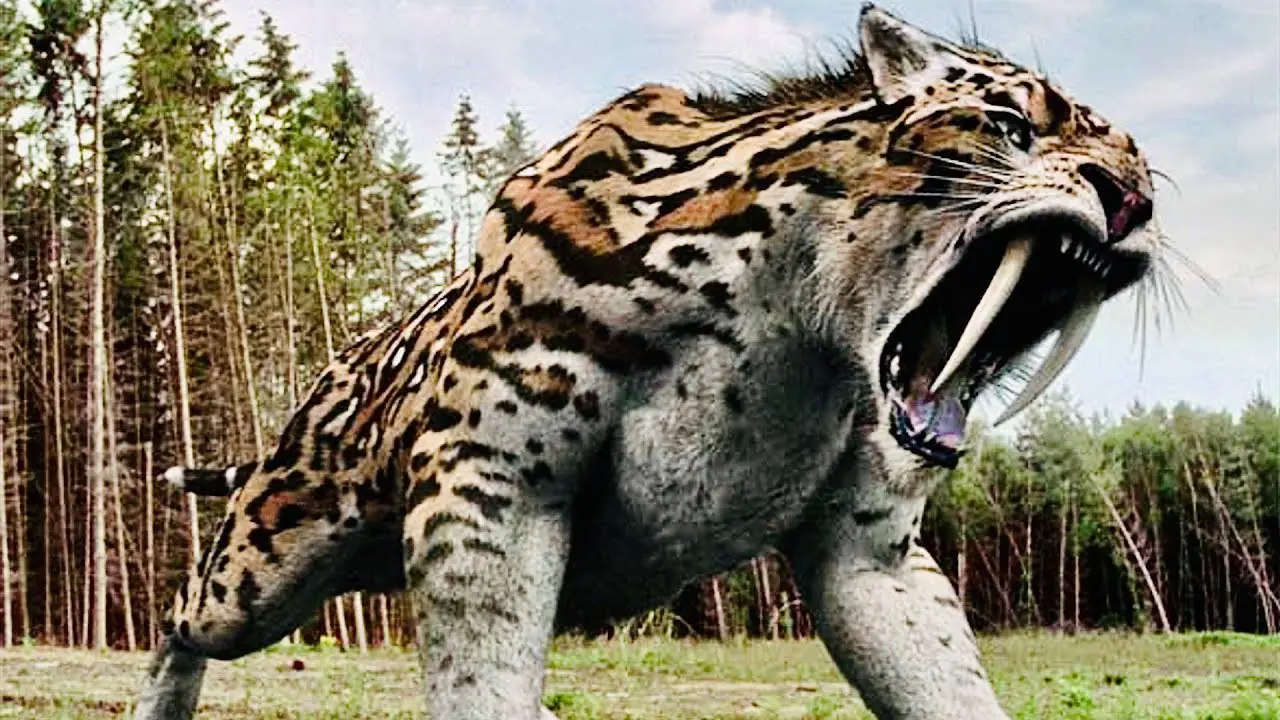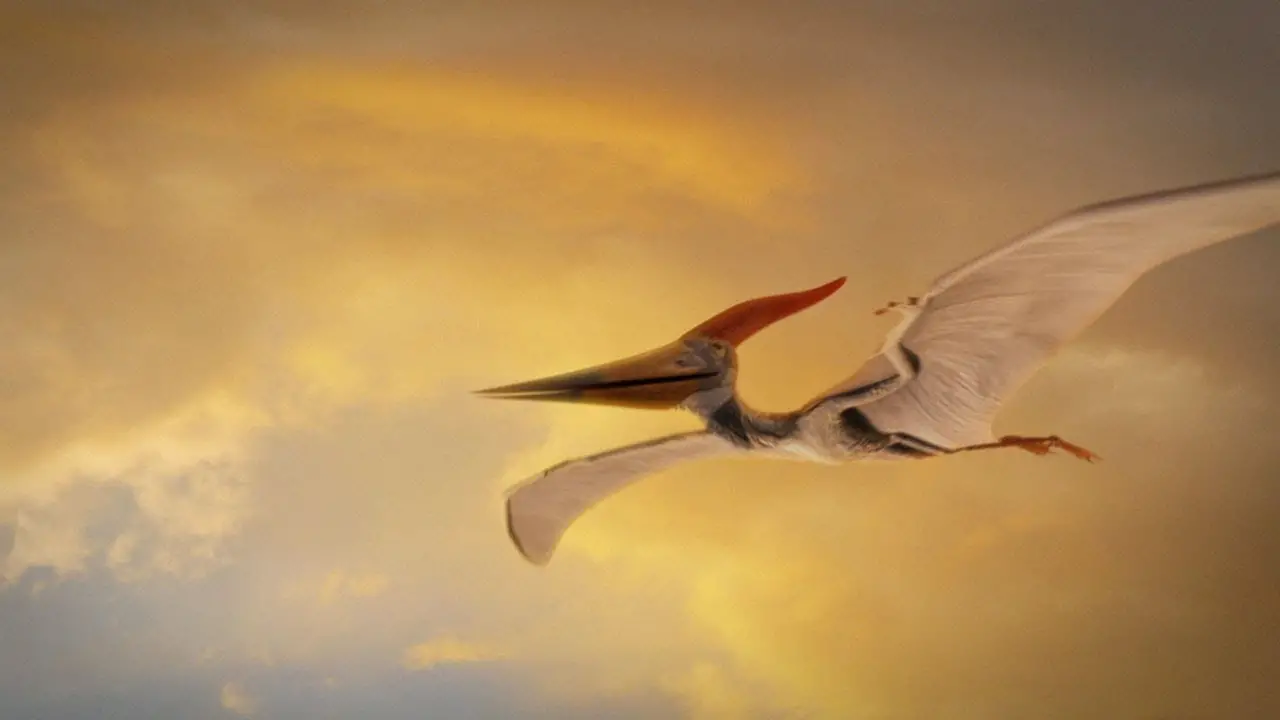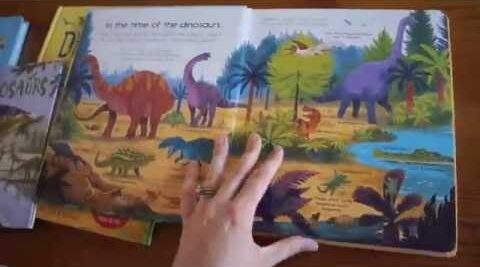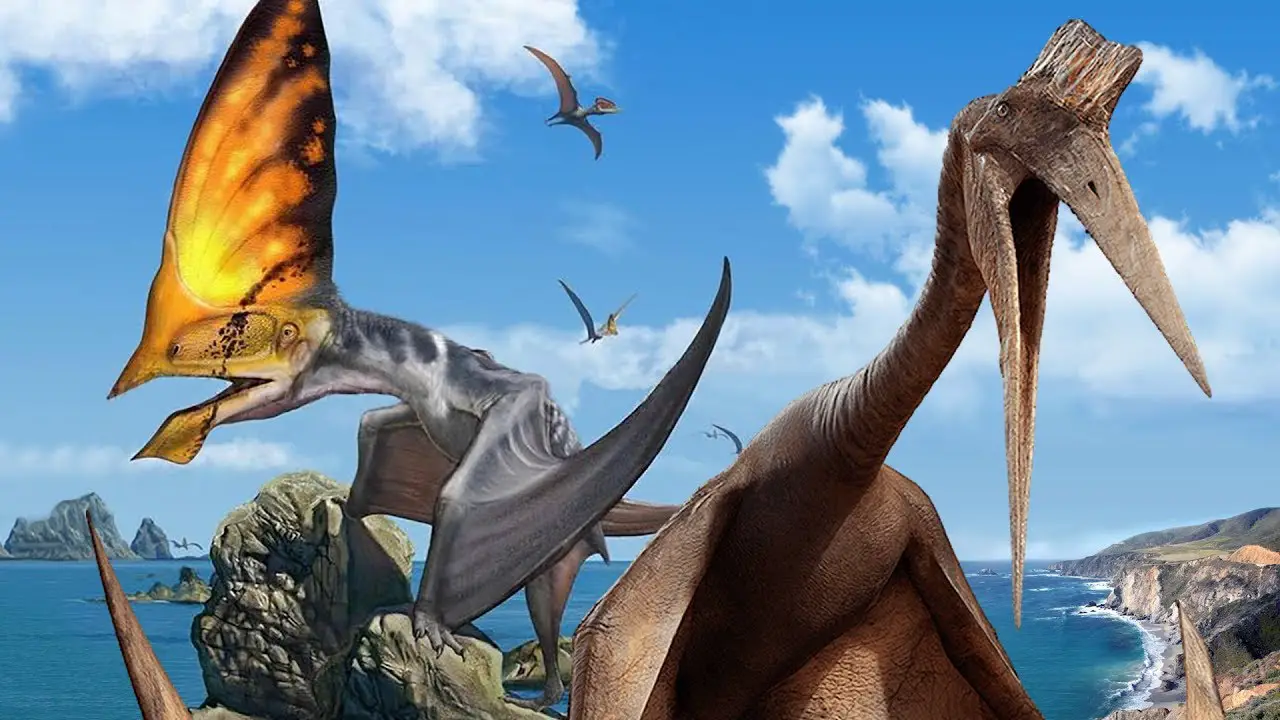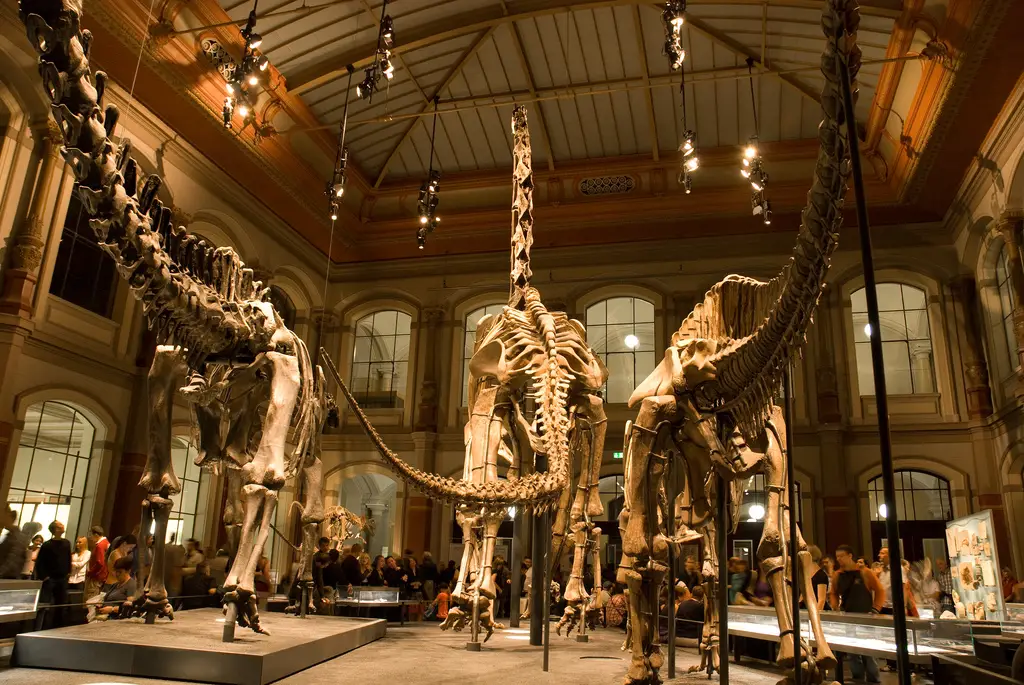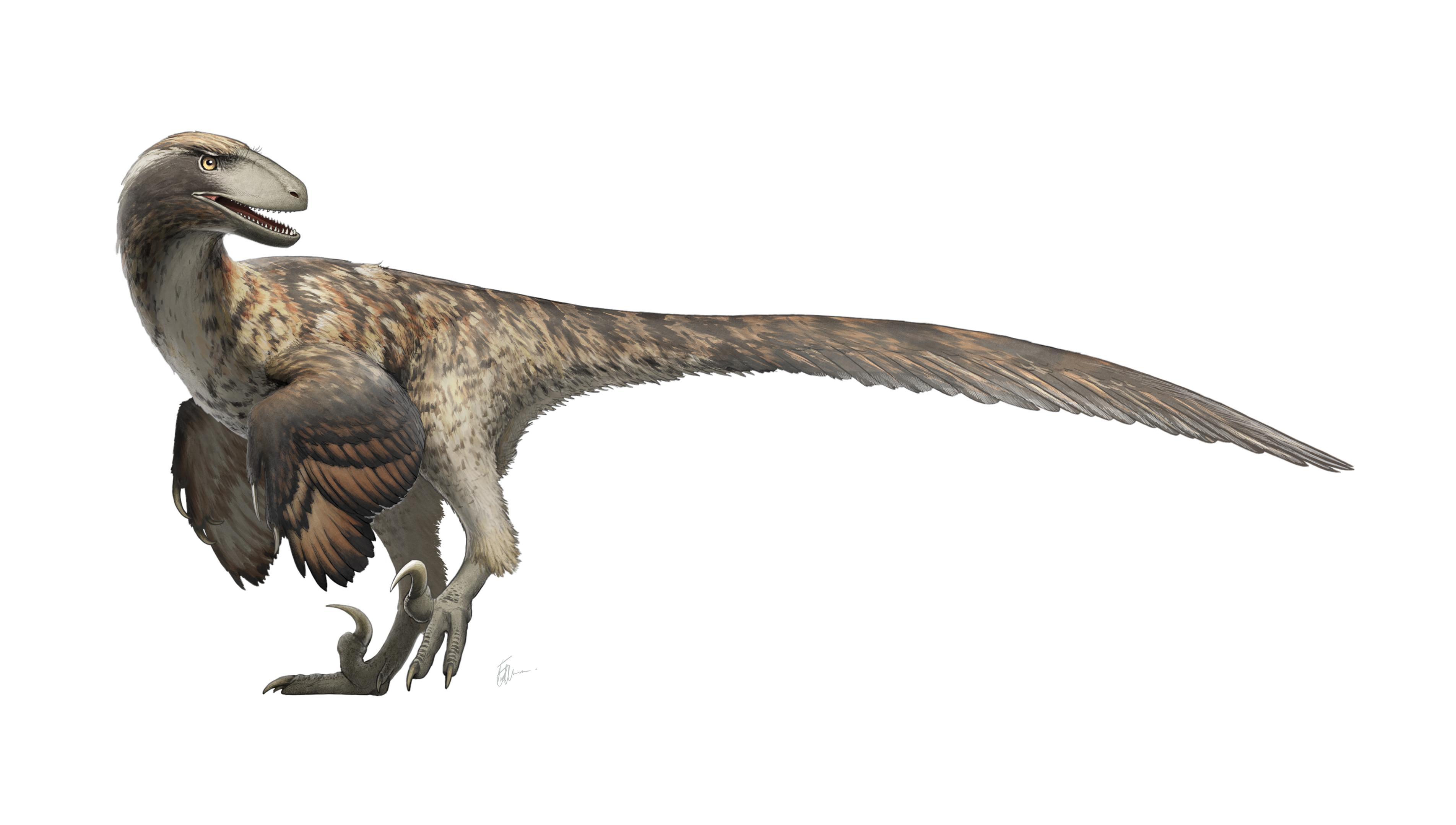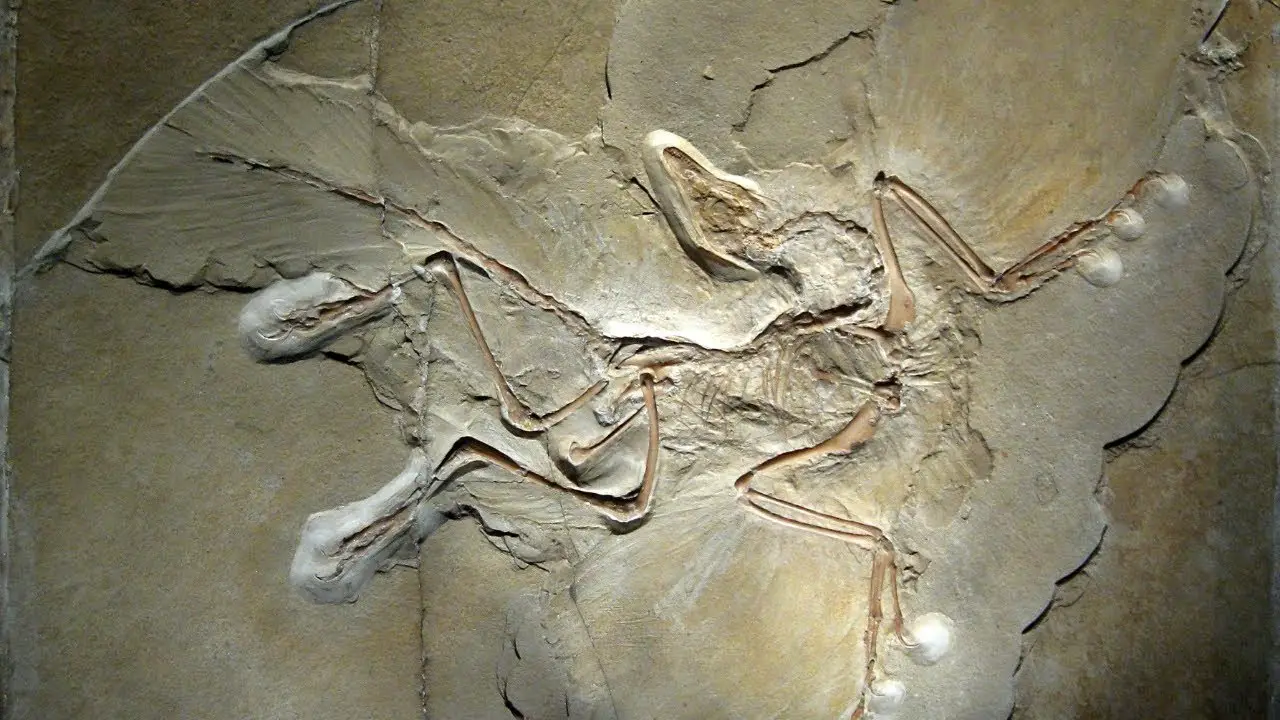Practically every child in the world, at some point, has been enthused with dinosaurs. Actually, probably most adults are intrigued by the dinosaur facts that have shown up over the years, also. Dinosaurs were a great part of our world history, and even though we may never fully understand them, or why they are now extinct, the fact remains that walking with dinosaurs must have been an amazing feat. We all in some way would like to know more about the mystery that is dinosaurs.
Dinosaur information has sprung up from time to time giving us some clue as to the life that these amazing creatures led and the tremendous size of some of them. Dinosaur pictures, although clearly recreated, have given us some insight to their size and shape, but it still seems that we know so little about what they were really like. Of course, we know a few facts about them from the many movies, television specials, and news broadcasts covering the latest dig for dinosaurs, but how much do we really know? We know that the most common Jurassic dinosaurs were the Camarasaurus. And we know that walking with dinosaurs is something that, if we are perfectly honest with ourselves, we have all dreamed about at some point.
Children, of course, think that a dinosaur is the most awesome creature in the world. Dinosaurs for kids are plentiful. Stuffed animals, movies, action figures, all represent to children to amazing creatures that dinosaurs were. As we get older, we don’t lose the awe that dinosaurs inspire in us. As new dinosaur facts are presented we are all glued to the television or newspaper just trying to comprehend the magnitude of the era in which dinosaurs ruled the world. And it seems that the more we know, the more we want to know. We will forever be enthralled in the process of learning about dinosaurs. The sad thing is, we may never fully know what walking with dinosaurs would be like. We can watch the movies and learning specials, but to have actually walked in their world is a feeling that seems out of reach. However, the more we learn about these amazing creatures, the more we can strive to place ourselves in their world. One day, it may be possible to get a feel of what living and walking with dinosaurs really was. Until then, we can still dream.
Did you know…
Dinosaurs lived and evolved for over 185 million years until they became extinct. The cause has not been proven yet, but many believe that an asteroid Over 9 miles wide hit the earth In the Gulf of Mexico.
- Giganotosaurus is the largest carnivorous dinosaur discovered.
- Fossils were discovered with a Protoceratops & velociraptor that appeared to have been fighting when they were quickly killed. The claw of the raptor was in the others’ stomach as well.
- Nigersaurus may have been responsible for dinosaur extinction!
- There is no evidence that suggests that the dilophosaurus spit venomous mucus.
Dinosaur Timeline
The history of the planet Earth is divided into a bunch of time chunks so whether you’re looking at a time which existed 100 years ago or even as far back as 1000 million years ago you’ll need to learn the lingo used to classify each of these sizable time periods. The most important of these are eons, eras and periods.
The rest of this article will go onto explain the timeline that the dinosaurs existed in so if you’re not familiar with the terms eon, era, and period we recommend you take a look at our timeline definitions page, otherwise read on to learn more about the age of the dinosaurs.
The Age Of The Dinosaurs
The Dinosaurs and many of the other large prehistoric reptiles existed in the Mesozoic era of the Phanerozoic eon. The Mesozoic era ran from about 250 million years ago to 65 million years ago. That’s 185 million years of Dinosaur domination, no wonder the Mesozoic era was commonly referred to as the age of the Dinosaurs.
The Mesozoic era contained three periods known as the Triassic, Jurassic, and Cretaceous periods. Over the next few sections, we will try to cover the key characteristics of each period to give you an overall understanding of when and where certain dinosaurs existed as well as smashing some of the common myths and misconceptions surrounding that time period.
The Triassic Period
The Triassic Period is the first phase of the Mesozoic era and spanned for an interval of 35 million years from 250-205 million years ago. Planet Earth was a very different place back then with the most common difference is that all the continents were united to form one huge c shaped landmass or supercontinent known as Pangaea meaning “all lands”.
More about the Triassic Period.
The Jurassic Period
The Jurassic Period was the second phase of the Mesozoic Era. The time scale for this famous period is from 205 to 138 MYA (million years ago). This period was named after the Jura Mountains because of the exposure and discovery of the marine limestones.
More about the Jurassic Period.
The Cretaceous Period
The Cretaceous Period was the last period of the Mesozoic era and marked the end of the dinosaurs. It spanned a time from 138 million to about 65 MYA (million years ago). In this period the continents fully separated. However, Australia and Antarctica were still united.
There were important things that happened in this period such as the development of flowering plants like the magnolias and water lilies and the increase in the number of different kinds of insects. This was the beginning of modern insects such as ants, butterflies, grasshoppers, termites, and aphids.
More about the Cretaceous Period.
What is a dinosaur?
Dr. Richard Owen, a British physician, coined the name “dinosaur” in 1841. The word “Dinosaur” is a combination of the Greek words “deinos” and “sauros” and translates literally to mean “fearfully great lizard.” Surprisingly, defining what is a dinosaur is a very difficult question. Very generally, the word “dinosaur” refers to a large group of reptiles that evolved during the Mesozoic era which stood erect and which generally had hind limbs longer than their front limbs. Scientists today use a long list of very specific criteria to determine if an animal should be classified as a dinosaur. Those criteria include such things as underslung legs that gave them an erect posture, bird-like or lizard-like hips with a large hole in the hip-socket, a secondary palate that permits them to eat and breathe at the same time, two pairs of holes in the temporal region of the skull, and many others.
How many types of dinosaurs were there?
There were probably tens of thousands of species of dinosaurs that lived during the Mesozoic, although scientists have discovered and named only about 2000 species so far.
When did dinosaurs live?
Dinosaurs lived during the Mesozoic era, which began about 250 million years ago and ended about 65 million years ago. The oldest known dinosaurs have been found in Madagascar and Poland and are estimated to be about 230 million years old. There is an unpublished report, however, of a dinosaur from Brazil that is estimated to be between 235 and 240 million years old.
Where did dinosaurs live?
Dinosaurs lived all over the world, although they lived only on land. There are no known aquatic dinosaurs.
Are dinosaurs and birds related?
Yes. The close relationship of birds and dinosaurs was first noticed in the 1830s by Edward Hitchcock, who discovered a number of large three-toed dinosaur tracks in the Connecticut River Valley and called them “Ornithichnites” (bird tracks) because he thought they were made by giant extinct birds. Several years later, Thomas Huxley, a friend of Charles Darwin and a defender of Darwin’s theory of evolution by natural selection, proposed a dinosaur origin of birds after noting 35 similarities in the hindlimbs of dinosaurs and birds that were not found together in any other animal. A series of remarkable fossil discoveries since then, particularly over the last 30 years, have shown that certain types of theropod dinosaurs had many more characteristics that are also found in birds, such as a bipedal stance, hollow bones, the structure of the feet, wrists, and shoulders, the presence of a “wishbone”, the presence of feathers, laying eggs, and many, many others. In addition, the fossil record also shows that early birds had many characteristics found in dinosaurs, such as teeth, clawed fingers and long, bony tails. This large number of shared characteristics is seen by all paleontologists as strong evidence of a close relationship between birds and dinosaurs. Most paleontologists now go even further, however, and argue that the fossil record shows that birds are not only related to dinosaurs, but that birds are most likely the direct descendants of small, bipedal feathered dinosaurs that evolved flight, probably sometime during the Jurassic period. That opinion is shared by a majority of the dinosaur paleontologists, but it is not a unanimous opinion. A few paleontologists believe that the similarities shared by birds and dinosaurs were inherited from a common non-dinosaurian ancestor, and argue that birds are therefore more like dinosaur cousins than direct descendants. Although the scientific community now seems to agree that dinosaurs and birds are closely related, the nature of that relationship is still being debated.
Are dinosaurs extinct?
The animals that the public generally thinks of as dinosaurs—such as Tyrannosaurus, Triceratops, Stegosaurus, Apatosaurus, etc—have been extinct for more than 65 million years. Most scientists believe, however, that the birds we see around us today are the direct descendants of theropod dinosaurs, and they therefore technically consider birds to be dinosaurs. Those who believe that birds are descended from dinosaurs would answer this question by saying that only the “non-avian” dinosaurs are extinct. This is the opinion of a large majority of dinosaur paleontologists today. The minority of paleontologists who believe that birds are not descended from dinosaurs would answer this question by saying that all types of dinosaurs became extinct 65 million years ago.
Are Pterosaurs considered dinosaurs?
No. Pterosaurs lived at the same time as dinosaurs, but are not dinosaurs. During the first half of the Mesozoic—the age of dinosaurs–pterosaurs were the only flying vertebrates and had the sky pretty much to themselves. About halfway through the Mesozoic, however, most paleontologists believe that small feathered dinosaurs evolved the ability to fly and that pterosaurs had to share the sky from then on with creatures we now call “birds”. No one knows why pterosaurs went extinct during the K-T mass extinction event, while the birds survived.
Were dinosaurs “hot-blooded” or “cold-blooded”?
No one knows for sure. The fossil evidence shows that dinosaurs walked upright, could run quite fast and probably migrated over very long distances. All of those characteristics are most commonly found in animals with high metabolic rates, which is a basic characteristic of all “hot-blooded” animals. In addition, microscopic examination of dinosaur bones shows that many types of dinosaurs grew very quickly during the first years of life, something which is also found almost exclusively in animals with a high metabolism. Many dinosaur paleontologists are beginning to believe that dinosaurs may not have been strictly “hot-blooded” or “cold-blooded”, but probably had a complicated variety of metabolic strategies that allowed them to grow quickly, maintain an active lifestyle and live in all types of climates and environments.
What killed the dinosaurs?
The non-avian dinosaurs and more than half of all life on Earth became extinct 65 million years ago in an event that scientists now refer to as the Cretaceous-Tertiary (K-T) mass extinction. A major contributor to that extinction event was the impact of a 6-mile wide asteroid, which struck the earth at Chicxulub in Mexico’s Yucatan Peninsula. The asteroid, which was larger than Mount Everest and was traveling more than 20 times faster than a rifle bullet, created a crater 125 miles in diameter, one of the largest craters seen on any planet in our solar system, and released the energy equivalent to 100 million megatons of TNT—6 million times the energy released in 1980 by the explosion of Mount St. Helens volcano in Washington State. Within just a few seconds, over 200 thousand cubic kilometers of the Earth’s crust was vaporized, melted or ejected from the crater. This Chicxulub impact had devastating global environmental effects, including global fires, huge tidal waves and magnitude 10 earthquakes. These effects probably killed millions upon millions of animals all over the earth within hours of the impact. In addition, an enormous amount of dust and debris from the impact probably became suspended in the atmosphere, blocking the sun for months, or perhaps years, after the event and plunging the earth into an extended period of darkness and extreme cold. These longer-term effects would have made survival very difficult for those plants and animals that were lucky enough to have survived the initial effects of the impact. Although these effects were global and almost unprecedented in magnitude, it is not certain that the Chicxulub impact was the only cause of the K-T extinctions. Some scientists believe that the earth was undergoing a number of changes at that time which were already putting a great deal of stress on the global ecosystem and that the asteroid impact was the “straw that broke the camel’s back.” Whether or not the Chicxulub impact was the only cause of the K-T extinction event or just one of the causes, few doubt that it played a major role in the extinctions. There is no doubt that life on earth was very different after the impact than before it, and that many types of plants and animals, including the non-avian dinosaurs, were gone forever.
Timeline of Dinosaurs
Dinosaurs Timeline: From Triassic to Cretaceous Period. The evolution of dinosaurs is a fascinating topic that has captivated scientists and enthusiasts alike for centuries. These prehistoric creatures lived on Earth…
Plated Dinosaurs – Armored Ankylosaurs
What is a Plated Dinosaur? Ankylosaurus was indeed a heavily armored dinosaur with a large club-like protrusion at the end of its tail that was often compared to an army…
Bone-headed dinosaurs or thick-headed lizards
What are the Hard-headed Dinosaurs Called? Pachycephalosaurs are dinosaurs with bony heads, also known as thick-headed lizards. They are an unusual group of herbivorous dinosaurs with a thick-boned dome on…
Duck-billed Dinosaurs – The Hadrosaurs
Which Dinosaurs are Hadrosaurs? The hadrosaurs, also known as duck-billed dinosaurs, were named after their broad, flattened, elongated snouts and toothless beaks. Their grinding teeth and cheek pouches were perfectly…
Large Plant Eater Dinosaurs
Biggest Herbivore Dinosaurs Believe it or not, carnivores made up only 35% of the overall dinosaur population. The remaining 65% were herbivores! It is important to note that the special…
Large Meat-Eater Dinosaurs
What are the biggest carnivorous dinosaurs? Dinosaurs are among the most well-known prehistoric creatures. They lived during the Triassic Period about 230 million years ago. They are gigantic reptiles belonging…
Ostrich Dinosaurs – Ornithomimids
Are Ostrich from Dinosaurs? Ostriches are odd-looking creatures, but did you know they’re related to a dinosaur species from the late Cretaceous period? And, when you think about it, this…
Early Dinosaurs
What were the First Dinosaurs? The dinosaurs appeared roughly 230 million years ago, during the Triassic Period, and evolved from reptiles. Plateosaurus was a relative of the much larger sauropods…
Archelon facts for kids
Archelon – World’s Largest Sea Turtle Archelon, the giant turtle, was a well-known reptile name. It was discovered floating in the ocean after exercising its free will during the Cretaceous…
Top 10 Most Dangerous Dinosaurs
What are the Most Vicious Dinosaurs? As a general idea, you would not want to meet any of the most dangerous dinosaurs that roamed during the Mesozoic Era – but…
When Did the Velociraptor Become Extinct?
Most of the facts about the Velociraptor are now well known. This is due to the discovery of several fossils. It lived during the Cretaceous period and became extinct 70…
Bird Ancestors Were Ground-Dwelling Dinosaurs
What dinosaurs evolved into birds? Birds evolved from dinosaurs that lived in trees and learned to fly, like Archaeopteryx – right? Wrong, according to two Australian researchers. By measuring the…
Hagerman Horse, Prehistoric American Zebra
Hagerman Idaho, USA, is the home to the largest deposit of Pliocene early horses of 3.5 million years ago along with many other fossils. What are Hagerman Horses? Found in…
Mammalodon and Modern Baleen Whales
Mammalodon Facts: Whale Fossil Unlocks History of Early Mysticeti Evolution New research out of Australia helps paleontologists shed light on the cloudy history of the evolution of the early baleen…
Sinornithosaurus – Venomous prehistoric ‘raptor’
Sinornithosaurus – Potentially Poisonous Raptor Based on new research, paleontologists now believe that a small feathered raptor called Sinornithosaurus may have very well be poisonous. When it comes to dinosaurs,…
Dilophosaurus Facts
Dilophosaurus Dinosaur Fun Facts The earliest large carnivorous dinosaur, Dilophosaurus lived during the Late Triassic and Early Jurassic Periods. Standing on two feet, Dilophosaurus had slender legs that were well-suited…
Facts about Mammoths, A Brief History
From Giant Steppe to Pygmy Mammoth The mammoth is one of the iconic mega beasts that walked the earth. Although several species of mammoth evolved their extinction along with other…
Abydosaurus Facts – New Gigantic Dinosaur Discovered
Full Skulls of Four Juvenile Sauropods Found in Utah Sauropod skulls are rare indeed. Four skulls of juveniles were found head first in the Cretaceous sandstone on the Utah-Colorado border…
Spinosaurus vs. T-Rex: Who Would Win?
T-Rex vs. Spinosaurus This article is about the epic battle portrayed in films like Jurassic Park 3 and in the minds of dino fans everywhere: T-Rex vs. Spinosaurus. Spinosaurus and…
North America’s Smallest Dinosaur, Alvarezsaur
Bird-like Dinosaur is Smallest Known to North America A newly discovered alvarezsaur from near Red Deer, Alberta, Canada provides insight into dinosaur evolution and biogeography. The smallest dinosaur known from…
Saber-Toothed Tiger of North America
One of the most instantly recognizable skeletons on display in museums is that of the Sabre Tooth Cat. Today, a modern relative displays some of the same features. The saber-toothed…
Pterosaurs, Pterodactyls, and Pteranodons
Triassic to Cretaceous Flying Reptiles 65-200 Million Years Old The smallest flying reptile was the size of a sparrow, the largest had a 60 foot, or 18-meter wingspan, and some…
Best Dinosaur Books For Young Kids
Based on the many, many dinosaur books that I’ve read, here is my pick for the best fiction and non-fiction dinosaur-themed books for kids between the ages of 3 and…
Flying Dinosaur Facts
Fun Facts about Flying Dinosaurs Everything about flying dinosaurs or pterosaurs (winged reptiles) is terrific. Compared to other more well-known and studied dinosaur species, it has taken a little more…
10 best dinosaur museums in the world
Many people are fascinated by dinosaurs. If you are one of them, I invite you to browse the best dinosaur museums in the world so that you can see the…
Deinonychus Facts
Deinonychus Dinosaur Fun Facts A swift and vicious meat-eater, Deinonychus walked and ran on two feet, with a long stiff tail held out straight to help it balance its body….
Archaeopteryx Facts
Archaeopteryx, Was It a Bird or Dinosaur? Archaeopterx was a primitive bird that lived in what is modern-day Germany during the late Jurassic period. Its name means “ancient wing,” and…


